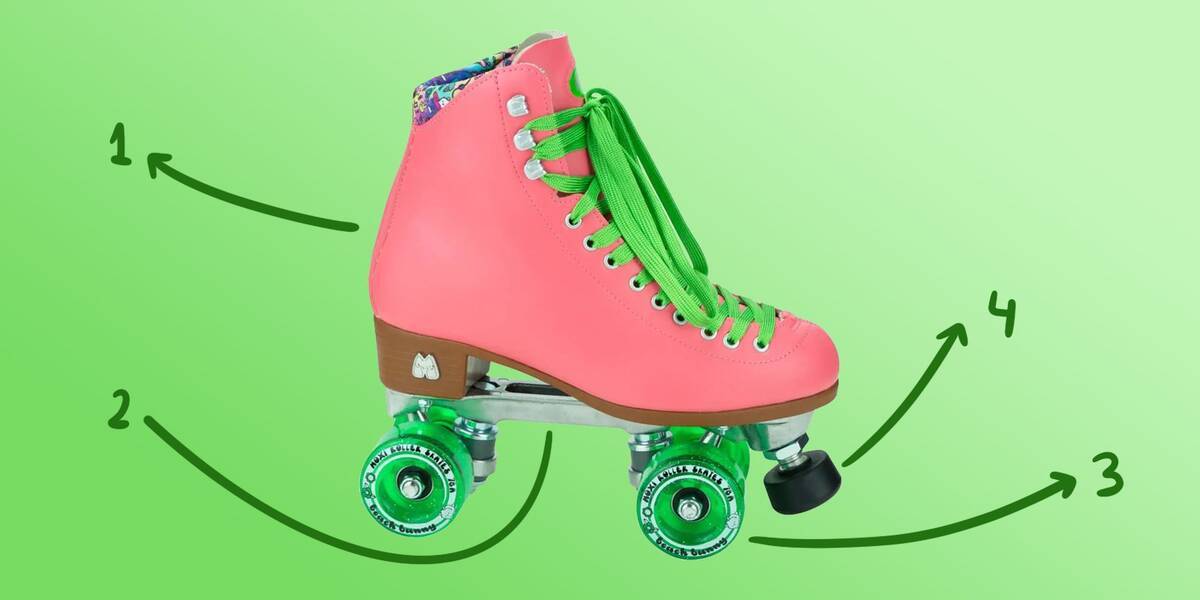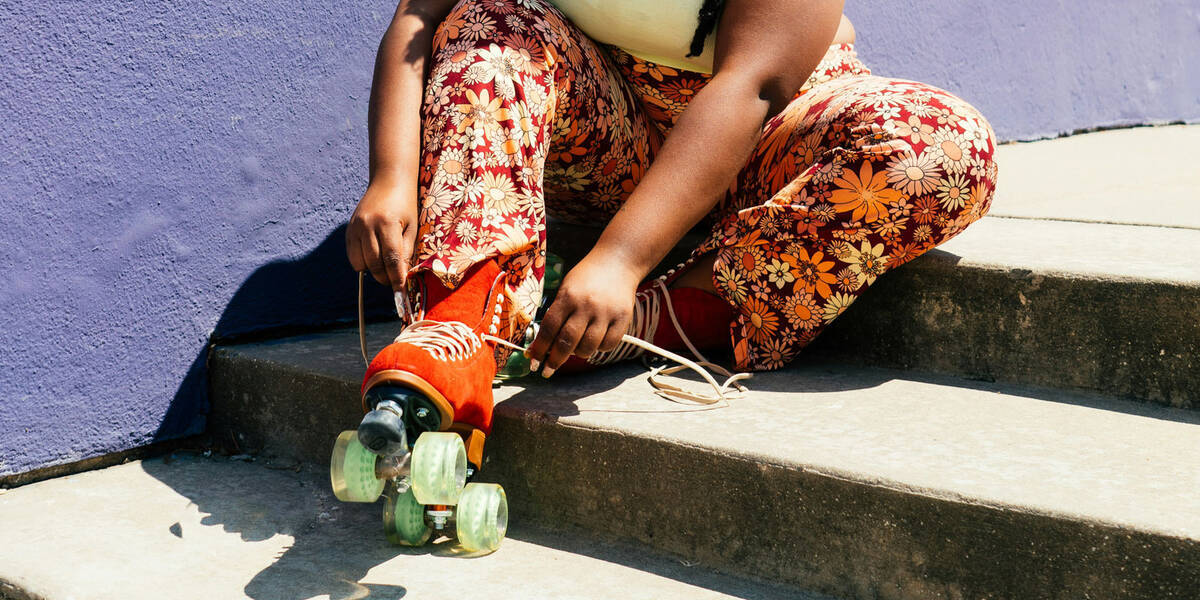Purchasing the Top Roller Skates for Novices

Choosing the ideal roller skates for new skaters requires placing emphasis on comfort and stability to guarantee a delightful skating experience. To assist you in navigating the many choices, we have compiled this guide featuring our leading suggestions for selecting your initial pair of roller skates. This guide incorporates all the details you will require.
Overview
What to Consider When Selecting Roller Skates for Beginners?

- Boot
- plate/truck
- Wheels
- Toe stop
As someone new to skating, acquiring roller skates that are comfortable is crucial to maintaining patience while learning. Opting for skates with softer wheels is advisable, as they better absorb surface vibrations, offering more control. Additionally, bear in mind larger wheels might complicate managing the skates. Aim for roller skates with superior ankle support, foam lining, and soft wheels in a size that fits flawlessly.
With these characteristics, you'll be ready to begin quad skating like an expert:
- Ankle Support: A high boot delivers enhanced ankle support and stability, essential for beginners.
- Comfortable Liners: Seek roller skates with padded foam liners to guarantee comfort during use.
- Wheels: Soft wheels (generally around 78A-85A durometer) ensure improved grip and a more seamless ride, making them suitable for newcomers. A wheel diameter ranging from 54 mm to 58 mm is a fantastic starting point, with smaller wheels being simpler to control.
- Toe Stop: A sturdy toe stop is vital for safety and manoeuvring.
If you wish to explore our comprehensive selection of beginner roller skates, follow the link below and organise our selection by "skill level":
Determining the Right Size for Beginner Roller Skates

Securing the appropriate size for roller skates isn't always as straightforward as basing your choice on shoe size. Skate sizes might differ with each model and brand, so accurately measuring your foot before selecting a size is crucial. This way, you can align the precise foot measurement with the specific skate model's size chart.
Should you find yourself between sizes, select the larger size.
Here are the steps to measure your foot precisely:
- Stand on a firm, level surface.
- Place a piece of paper against the wall.
- Position your heel against the wall with your foot flat on the paper.
- Mark the paper at the tip of your longest toe.
- Measure the length from the wall or paper edge to your mark.
- Measure both feet and use the larger measurement when choosing your skate size.
Following these steps will help ensure your skates fit properly, making your skating experience both comfortable and enjoyable.
Ensuring the Perfect Fit for Your Roller Skates

Roller skates should snugly encompass the foot without inducing discomfort. Ill-fitting skates can lead to discomfort or even injuries. New skaters should choose skates that offer adequate ankle support and have secure laces that wrap the boot firmly around the ankle.
Consider these elements when trying on your initial pair of skates:
- Break-In Period: Typically, roller skates require some time to break in. Opting for skates with padded foam liners should provide near-immediate comfort.
- Toe Space: Your toes should be near the skate tip without touching the front. Ensure minimal space for slight toe movement.
- Ankle Support: The skates should offer lateral ankle support, allowing knee and ankle flexing.
- Laces: There is complexity in lacing patterns, but as a beginner, it's sufficient to ensure laces are firm without causing discomfort.
The Role of Toe Stops on Roller Skates

Toe stops on roller skates are indispensable parts that enable stopping and speed modulation. Positioned at the skate's front, they are employed while executing various braking techniques by generating friction with the ground. Toe stops also aid in executing specific manoeuvres, providing additional control and steadiness akin to the toe picks on figure skates.
These are critical for safety because they allow skaters to walk using the front foot, making it possible to ascend staircases or navigate surfaces unfavourable for rolling on. Overall, toe stops are a crucial feature of roller skates, enhancing both performance and safety.
We offer a wide selection here:
Mastering Braking on Roller Skates
Braking is vital in novice quad skating, presenting various methods. For those just beginning with roller skates, the primary focus should be on mastering effective braking techniques.
A key technique is the t-stop, which involves dragging one leg behind at a 90-degree angle to your other skate. Executing this technique correctly requires the outermost wheels to initiate friction rather than the inner wheels. Braking with the outer wheels during T-stops is considerably smoother.
Upon advancing, you will learn to stop by rotating 180 degrees to roll backwards, then leaning forward on your toe stops. Discover this and more here:
Essential Protective Gear for Roller Skating

When roller skating, wearing protective gear is paramount for ensuring safety. Below is a list of the protective gear needed for embarking on your roller skating venture:
- Helmet: A well-fitted helmet is crucial for safeguarding your head from significant injuries.
- Wrist Guards: These offer wrist protection by providing support and cushioning during falls.
- Knee Pads: Knee pads shield your knees from cuts, bruises, and potential fractures.
- Elbow Pads: These protect your elbows from impacts and abrasions.
Donning this protective gear will aid in reducing injury risks and ensuring a safer, more enjoyable roller skating experience. We advise all beginners to purchase a set of protection pads and a helmet alongside their first pair of skates. Wearing protective gear is vital for safely enjoying roller skating!
